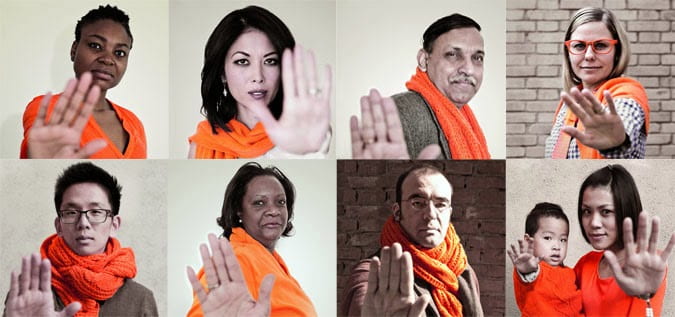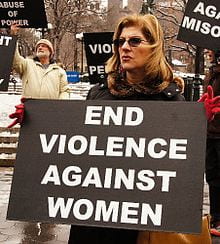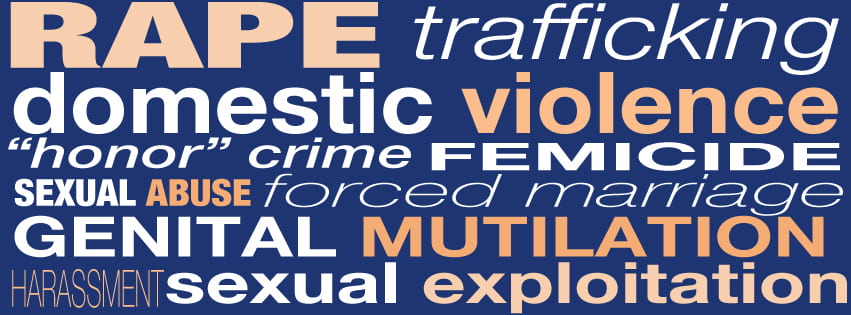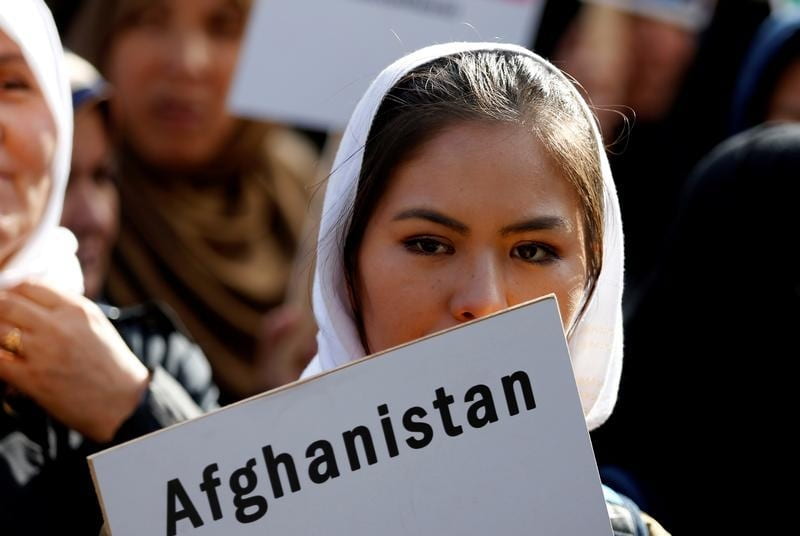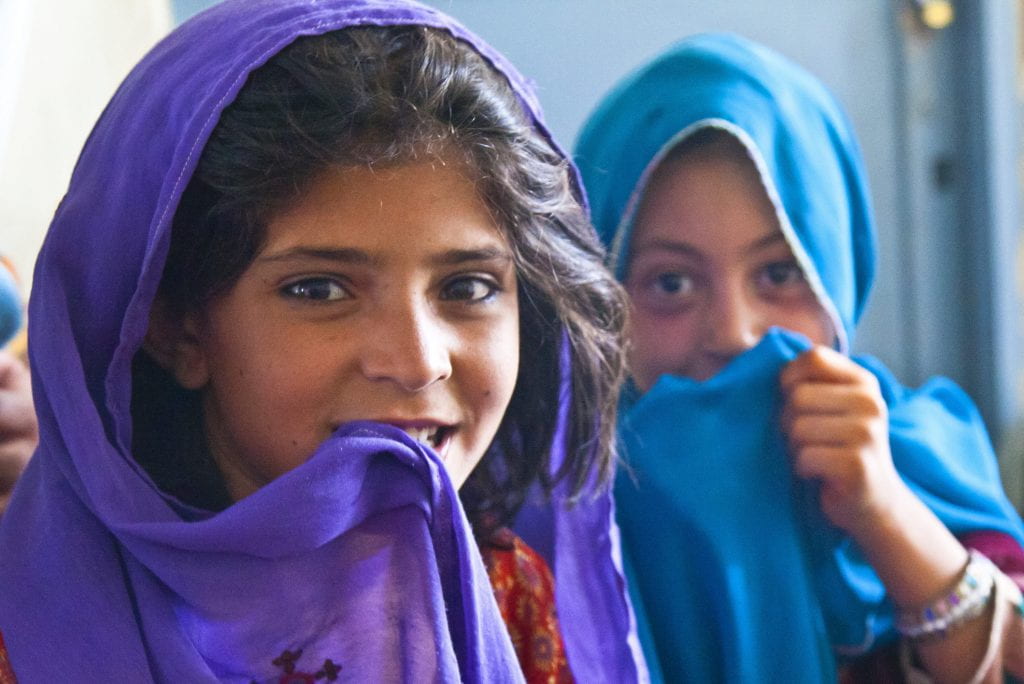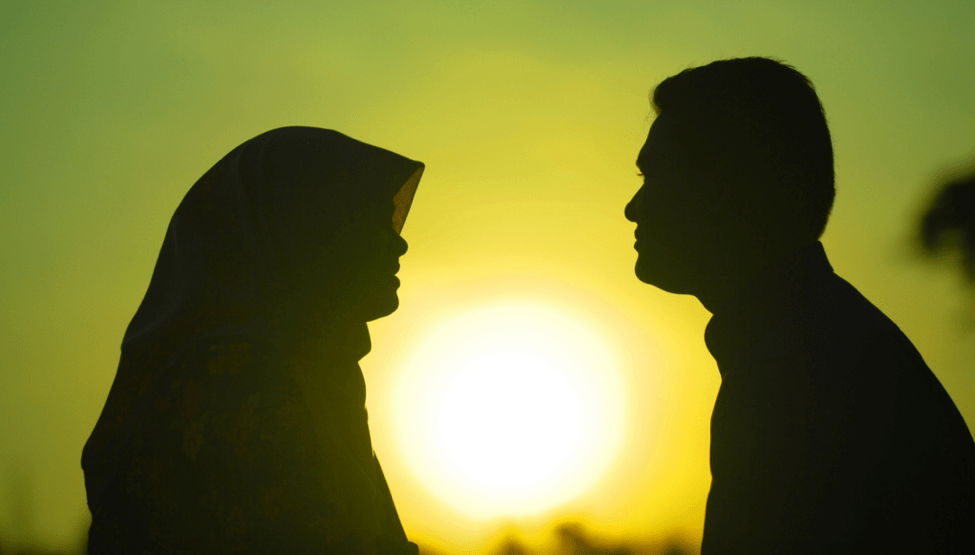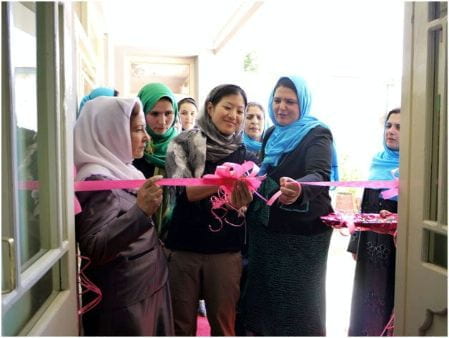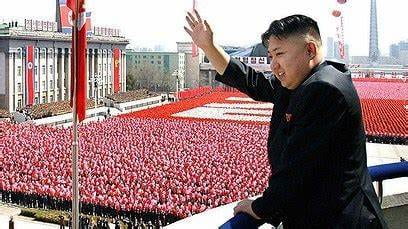
Note from the author: This post is the second of my four-part series on the North Korean Regime. I recommend reading part one before this, but it is not required to understand this part. To find the other parts, scroll down and click “View all posts by A. Price.” If the other parts are not available yet, check back in during the upcoming weeks when they will be posted.
Content Warnings: cults, mass manipulation, death by suicide, honor killings, abusive governments
Charles Manson of the Manson Family convinced his followers to murder nine people who criticized him. Marshall Applewhite of Heaven’s Gate convinced thirty-nine members to commit suicide in hopes of leaving their bodily “containers” and ascending into a spaceship hidden behind the Hale-Bopp Comet. Jim Jones of Jonestown convinced nine hundred and nine people to drink poisoned kool-aid in a mass suicide mission. What quality unites all these people and gives them the ability to hold such great power over their captive audience? The answer, of course, is charisma. When a charismatic person with a hunger for power learns how to manipulate a group of people, there is no limit to the amount of power that they have access to.

My specialty in human rights research is in religion and cults. I have been studying religion and cults informally for many years, and formally since my start at UAB. While reading Sandra Fahy’s book, Dying for Rights (cited in Part 1 of this series), many red flags stood out to me. Every new thing I learned added evidence to my theory that North Korea would qualify as a cult under pretty much every model of qualification widely accepted by professional researchers of religion and cults. Below, I break down North Korea’s regime and classify it as a cult based on three main criteria:
First and foremost, the group must have an all-encompassing leader who has convinced the group that they are perfect and can do no wrong. This person could be a real person or a theoretical, such as a god or deity. Second, there must be an in-group vs. out-group system of understanding. Members of the group believe that they are fundamentally different, usually fundamentally better in some way than non-members of the group. Third, the leader must exercise excess control over the lives of the members of the group. The most comprehensive model of examining the treatment of cult members by their leaders was created by Steven Hassan and is called the BITE Model of Authoritarian Control. It is widely accepted that groups are cults insofar as they comply with the BITE model. I will better explain what this entails in the section of this article titled, “BITE Control.”
Cult of Personality: The lore of Kim Il-Sung and His Predecessors
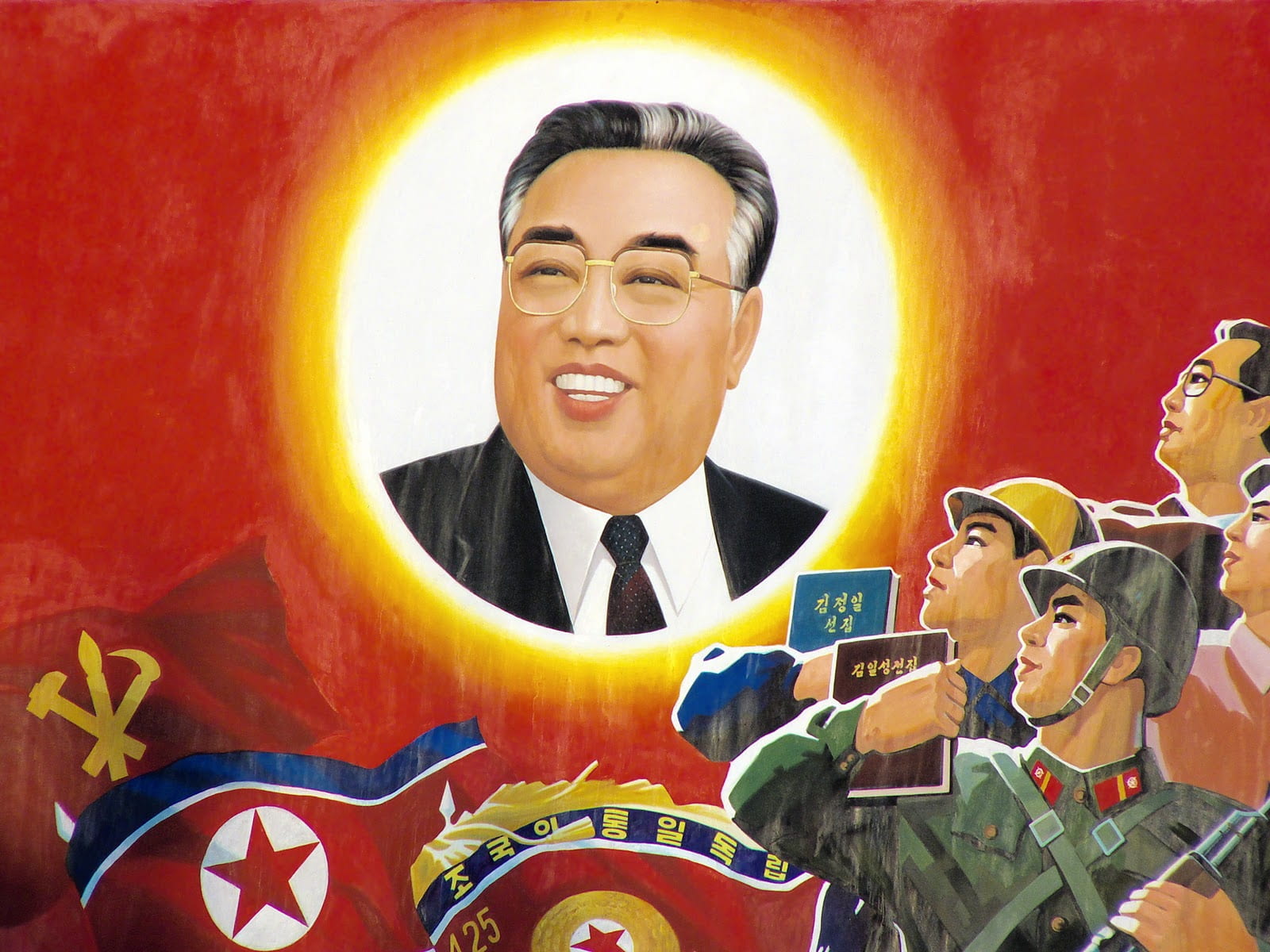
Kim Il-Sung came to power in 1949, only 4 years after the peninsula was divided at the 38th parallel. Tensions between North and South Korea were steadily rising, and the 38th parallel was not yet demilitarized. Kim gained power through the rising hatred of South Korea and the Allies of WWII. He was a very charismatic leader who gained popularity through manipulation, false promises, and specialization*. He gave himself the name “Supreme Leader” and convinced the public of North Korea that he was sent from a god to Make Korea Great Again. The public was convinced that he was immortal, infallible, and omnipresent, similar to the concept of “God” in most religions. To this day, each North Korean home has a picture of Kim Il-Sung, and if they are found to have damaged it or taken it down, they are sent to prison. When he died in 1994, the country publicly cried out and anyone found not to be mourning was sent to prison.
*In this context, specialization is the process by which leaders of groups make the members feel as though they are inherently different, or inherently better than non-members.
The story of his immortality had to be revised. They now told people that Kim Il-Sung willingly gave up his position as Supreme Leader because he wished for his son, Kim Jong-Il, to take over. They were told that he honorably sacrificed his life for the betterment of his country by empowering his son. Kim Jong-Il carried on his cult of personality until his death in 2011 when the process was repeated. His son, Kim Jong-Un, took over and is still in power today. Each citizen still believes that the Supreme Leader holds the power of the Universe, only dies when they choose to give up their position, and grasps a level of understanding that others cannot even aspire to.
Us vs. Them
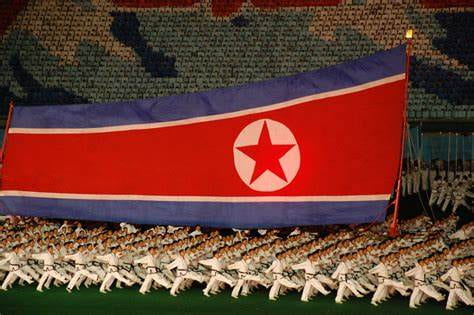
Since the division of the Korean peninsula after the surrender of Japan that ended World War II, North Koreans have internalized that they are fundamentally different from other people. They believe that immigrants and their descendants with non-Korean ancestry are spies from other countries, South Koreans and Americans are inherently evil, and any outsider who criticizes the state is disrespecting their Supreme Leader and the god who sent them. By internalizing their national identity as the most important aspect of themselves, they are manipulated into devoting more and more of themselves to the regime, to the point of death. By internalizing the dehumanization of non-North Koreans, they can justify the threats of extreme violence by the regime toward other countries, such as the lingering threat of atomic war.
BITE Control
BITE stands for behavior, information, thought, and emotion. Groups are evaluated as cults insofar as they control these four aspects of their members’ lives. View the official Bite Model here.
B – Behavior Control
Any behavior not approved by the state is punishable to the fullest extent of the law, at the discretion of the judges who are appointed by the regime. As one can expect, these judges do not make decisions based on the actions of the accused. Their decisions are overwhelmingly based on one’s Songbun (or class), explained in part one of this series. People of North Korea, especially those of lower Songbun do not have control over their actions. Anything they do can and will be used against them at any chance the police force gets, without prior knowledge of any laws they may be unintentionally breaking. This strongly exacerbates the imbalance of power and starkly divides classes. In the third part of this series, I will delve deeper into the prison system of the DPRK and the corruption that comes with it. Check out the third part of this series titled, “Control by Threat of Force: The Abuses of the Criminal System of North Korea” for more information.
I – Information Control
The only media that North Koreans have access to (legally or otherwise) is 100% state-sanctioned. State-sanctioned media reporters are instructed to use certain pitches, tones, and audiovisual illusions to strategically convey their message. When watching this media, citizens are said to be put in a dissociative state, similar to the experience of those in other cults hearing leaders speak, where any meaningful information is not received. Critics of North Korea refer to this as brain fog. When this is the only media not punishable by law, it is difficult for citizens to ‘see through the fog’ for any information that could enable them to tap into their human rights or political ability.
The DPRK extends this brain fog to the media that it allows to leave the country. Think about what you know about North Korea and if you have ever heard any clear, concise information about the human rights abuses occurring there. It probably looks foggy. They are not shy about admitting their use of this strategy.
“One of our strategies is that when the Americans look at our interior, we make it murky as if wrapped in a fog.” (Fahy, Sandra. Dying for Rights: Putting North Korea’s Human Rights Abuses on the Record. p. 93 Columbia University Press, 2019.).
This is a quote from a North Korean government directive. All information that is approved to leave is scrambled up, mistranslated, and recorded until the perfect amount of confusion and manipulation is communicated. This is why it is important for people like you to spread any information you have about the DPRK to others. Without our help, the fog will effectively stifle any chance of help for these people.
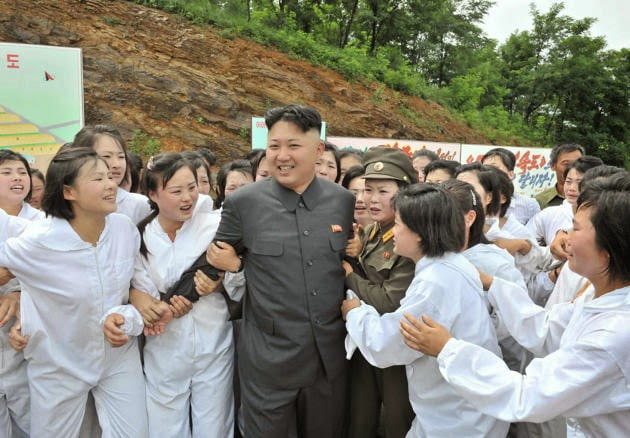
T – Thought Control
A huge way that cults control their members is through indoctrination and the discouragement of skepticism. As seen in the last section, the only media that North Koreans are allowed to consume is state-sanctioned and heavily indoctrinating. If it is found out that any citizen is participating in skepticism about the regime, they will be thrown in prison camps. All community members are forced to report anyone that they hear questioning the regime, and it is not easy to find a group of people who share your concerns without a high risk of being ratted out. It is dangerous and isolating to question the regime, so people avoid doing so.
E – Emotion Control
Each week, every citizen of the DPRK over 14 years of age must attend and speak at a “self-evaluation meeting” with their community. In these meetings, they are forced to tell their community how they could have been better citizens of the regime during the past week. They will admit to times they accidentally bumped into their picture of Kim Il-Sung, or how they complained about being tired after laboring all day. This enforces the culture of juche, the concept of self-sufficiency that guilts North Koreans into suffering and even dying before asking anyone around them for help. These meetings more harshly affect those of lower Songbun, as they are more likely to feel as if they have let their regime down by simply being poor. This type of emotional control leads to the regime’s harsher control over its citizens.
How to Process this Information
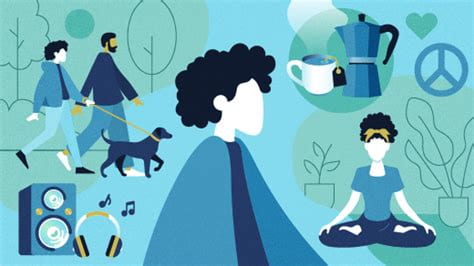
Personally, learning about this initially took a bit of a toll on my mental health, so I encourage you to at least take a few deep breaths and do something to take care of yourself. By simply being aware of the ways by which the North Korean regime gains and maintains power over its citizens, you are looking through the fog that the regime intentionally placed over itself. That is a heavy burden to bear. Reading and knowing about these gross human rights violations takes a lot of cognitive and emotional resources. I encourage you, the reader, to take a few minutes after reading this post to process how you are feeling. Do some self-care. Maybe drink some water or follow a 10-minute yoga flow tutorial on youtube. Cry if you need to; you are allowed to feel. Take care of yourself so you can be better equipped to help put an end to these violations in the future.


